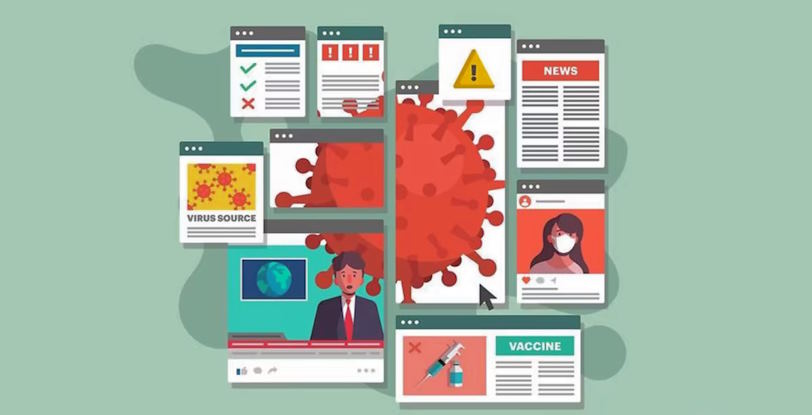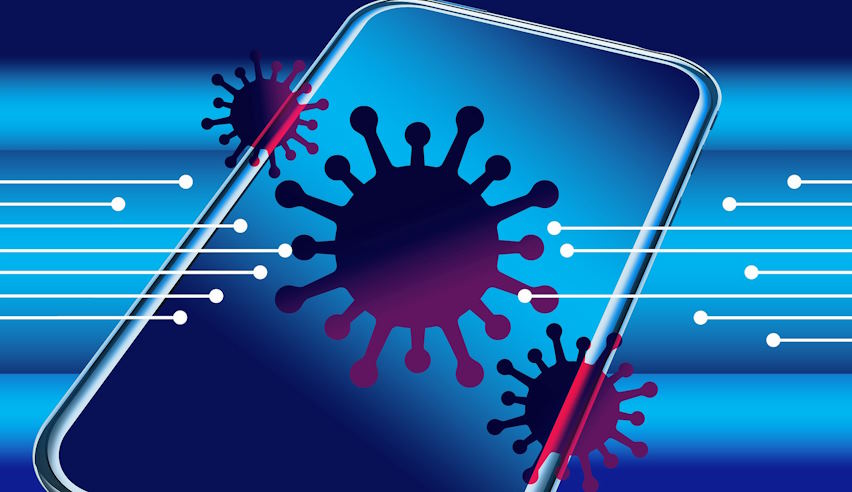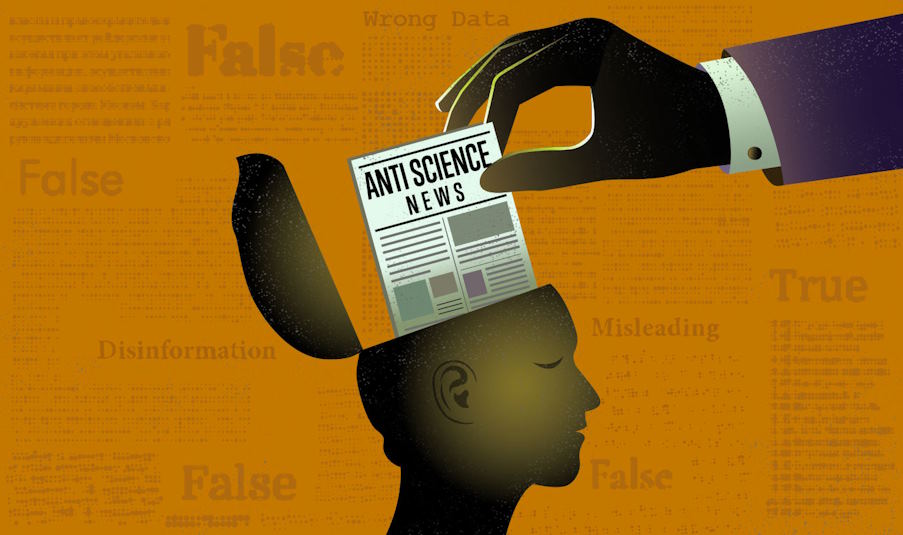
In the face of a global pandemic, a new adversary emerged alongside the virus – an ‘infodemic’ of misinformation and disinformation. As the world grappled with the COVID-19 crisis, false claims and myths spread like wildfire, sowing seeds of confusion, fear, and doubt. The consequences of this rampant misinformation were far-reaching, hindering public health efforts, eroding trust in scientific institutions, and jeopardizing lives.
Identifying Common COVID-19 Myths and Disinformation
The COVID-19 pandemic brought not only a physical health crisis but also an ‘infodemic’ of misinformation and myths. Amidst the chaos, it becomes crucial to separate fact from fiction to make informed decisions for ourselves and our communities. Let’s debunk some common COVID-19 myths and disinformation to shed light on the truth.
Myth #1: COVID-19 is just like the flu and not a serious threat
One of the prevailing misconceptions is comparing COVID-19 to seasonal flu. While both illnesses share some symptoms, COVID-19 is significantly more dangerous and has a higher mortality rate. It can cause severe respiratory complications, leading to hospitalizations and even death, especially among vulnerable populations. It is essential to understand the gravity of COVID-19 and take preventive measures seriously.
Myth #2: Vaccines contain harmful microchips or alter DNA
False claims surrounding COVID-19 vaccines have fueled vaccine hesitancy. Contrary to the rumors, vaccines do not contain microchips, alter DNA, or cause long-term harm. Vaccines are thoroughly tested for safety and efficacy before approval. They work by triggering an immune response to protect against the virus, preventing severe illness and reducing transmission.
Myth #3: Home remedies or alternative treatments can cure COVID-19
The internet is rife with misinformation promoting unproven cures and remedies for COVID-19. It is essential to rely on evidence-based information from reputable health organizations. As of now, there is no cure for COVID-19. Vaccination, along with following public health guidelines, remains the most effective way to combat the virus.
Myth #4: Face masks do not effectively prevent the spread of the virus
Wearing masks has been a subject of debate, but scientific evidence proves their effectiveness in reducing the transmission of respiratory droplets. Masks act as a barrier, protecting both the wearer and others. Alongside vaccination and physical distancing, wearing masks remains a vital preventive measure to curb the spread of the virus.
Myth #5: Herd immunity can be achieved without vaccination
Some have suggested that allowing the virus to spread unchecked will lead to herd immunity without vaccination. This approach is not only dangerous but also scientifically unfounded. It would result in a catastrophic number of infections and deaths. Herd immunity can only be safely achieved through widespread vaccination.

Debunking COVID-19 Myths with Scientific Evidence
In the age of information, navigating through the sea of COVID-19 myths and misinformation can be overwhelming. However, armed with the light of scientific evidence, we can confidently debunk false claims and empower ourselves with the truth.
Citing reputable health organizations and experts
When it comes to understanding COVID-19, reputable health organizations like the World Health Organization (WHO) and the Centers for Disease Control and Prevention (CDC) are beacons of reliable information. Their data-driven guidelines and recommendations are based on extensive research and expertise. By referring to these authoritative sources, we can discern accurate information from baseless rumors, ensuring that our knowledge is rooted in scientific consensus.
Analyzing peer-reviewed studies to refute false claims
Peer-reviewed studies are the gold standard in scientific research. By subjecting research to rigorous evaluation by independent experts, these studies provide a credible and unbiased assessment of COVID-19-related topics. When confronted with dubious claims, delving into peer-reviewed literature allows us to separate genuine findings from misleading anecdotes or misinterpretations.
Highlighting real-world data and success stories of preventive measures
Real-world data offers a powerful tool to challenge COVID-19 myths. By examining the experiences of different communities and countries, we can observe the impact of various preventive measures. Success stories from regions that have effectively controlled the virus through vaccination, mask-wearing, and social distancing illustrate the importance of adhering to proven public health strategies.

Promoting a Culture of Fact-Checking and Accountability
In a world inundated with information, fostering a culture of fact-checking and accountability has never been more critical. With the rampant spread of COVID-19 misinformation, it falls upon us to take proactive measures to verify information before accepting and sharing it as truth.
Encouraging public figures to verify information before sharing
Public figures wield immense influence, and their words can shape public perceptions. It is crucial for them to lead by example and verify information from credible sources before sharing it with their followers. By being responsible disseminators of accurate information, they can play a significant role in curbing the spread of COVID-19 myths and preventing panic.
Social media interventions to flag and limit the spread of false content
Social media platforms have become breeding grounds for misinformation. To address this issue, these platforms must take a proactive stance in flagging and limiting the spread of false content. By employing fact-checking mechanisms and partnering with reputable organizations, social media companies can play a pivotal role in promoting factual information and reducing the virality of harmful myths.

